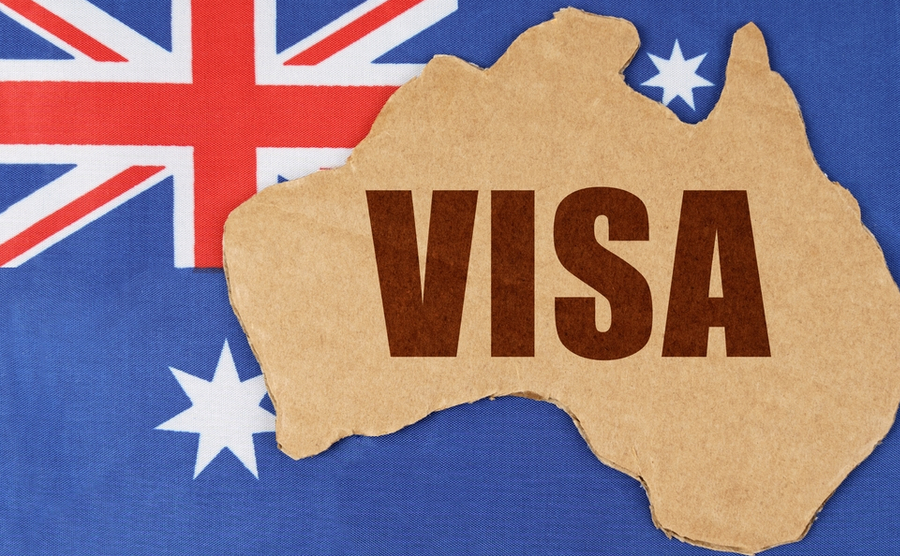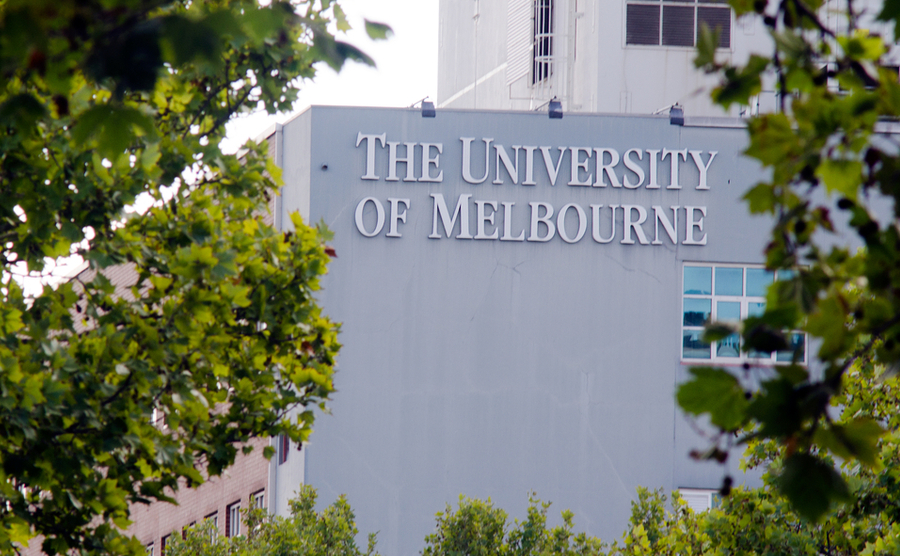In December, Australia released a new and long-awaited migration strategy. Dubbing the current system as “broken”, the new migration system aims to put an end to “back doors” and to be more effective at attracting skilled workers to the country’s shores. We take a look at the key changes.
After migration reduced over the course of the pandemic, in the twelve months leading up to June 2023, Australia saw a record 510,000 people migrate there. Clare O’Neil, the Home Affairs Minister, said that the numbers had mostly been driven by international students. The new visa rules aim to slash the figures to 250,000, in line with pre-pandemic levels by 2025.
Streamlining the visa process
Currently, Australia has many visa options available those keen to make the move, but the process can be confusing and off-putting. One of the most popular is the Temporary Skilled Migration Visa. This visa lets employers hire and sponsor the visa of an overseas worker to fill a role that they could not have filled within Australia. Plus, the government has committed to a median processing time of seven days.
As of July, the income threshold for this visa was raised from $53,900 to $70,000. It will now be indexed annually. This is because the income threshold has been stagnant since 2013 and over 90% of fulltime positions in Australia have an income higher than $53,900. So, it is hoped that this will mean that more skilled workers are drawn to Australia instead.
Furthermore, as the Temporary Skilled Migration Visa will be replaced by a Skills in Demand Visa. This will be for up to four year stays and with a clearer path to permanent residency.
Previously, applicants were reliant on their sponsor to stay in Australia. But in the future, visa holders will be given a longer window (180 days instead of 60) to find a new job should they need one. Plus, there will be a clearer route to finding a sponsor.
Additionally, there will be a new Specialist Skills Pathway aimed at all occupations (expect trade workers, machinery operators, drivers and labourers). For this visa, the minimum income threshold will be at least $135,000. The aim of this visa is to attract global talent, in fields such as cyber security and global engineering. Applicants do not necessarily have to fulfil a shortage in the Australian job market.
New visas in 2024?
Moreover, Australia is hoping to attract more workers to its aged care sector. Applicants will not necessarily have to meet the $70,000 income threshold but more plans on this will be unveiled later on the year.
As well as this, Australia is considering a new talent and innovation visa to drive economic growth. This would be aimed at attracting global researchers and major investors.
Changes to student visas
The strategy intends to put an end to applicants using a student visa as a means to take on low-paying jobs and hop from one visa to the next. During the pandemic, those on a student visa were given an uncapped number of hours to work. This will now be stopped.
Plus, there will now be a higher English language requirement to apply for the student visa. This is to ensure that students benefit more from their Australian education and will be able to progress to a job that matches their skillset better.
You might also like:









